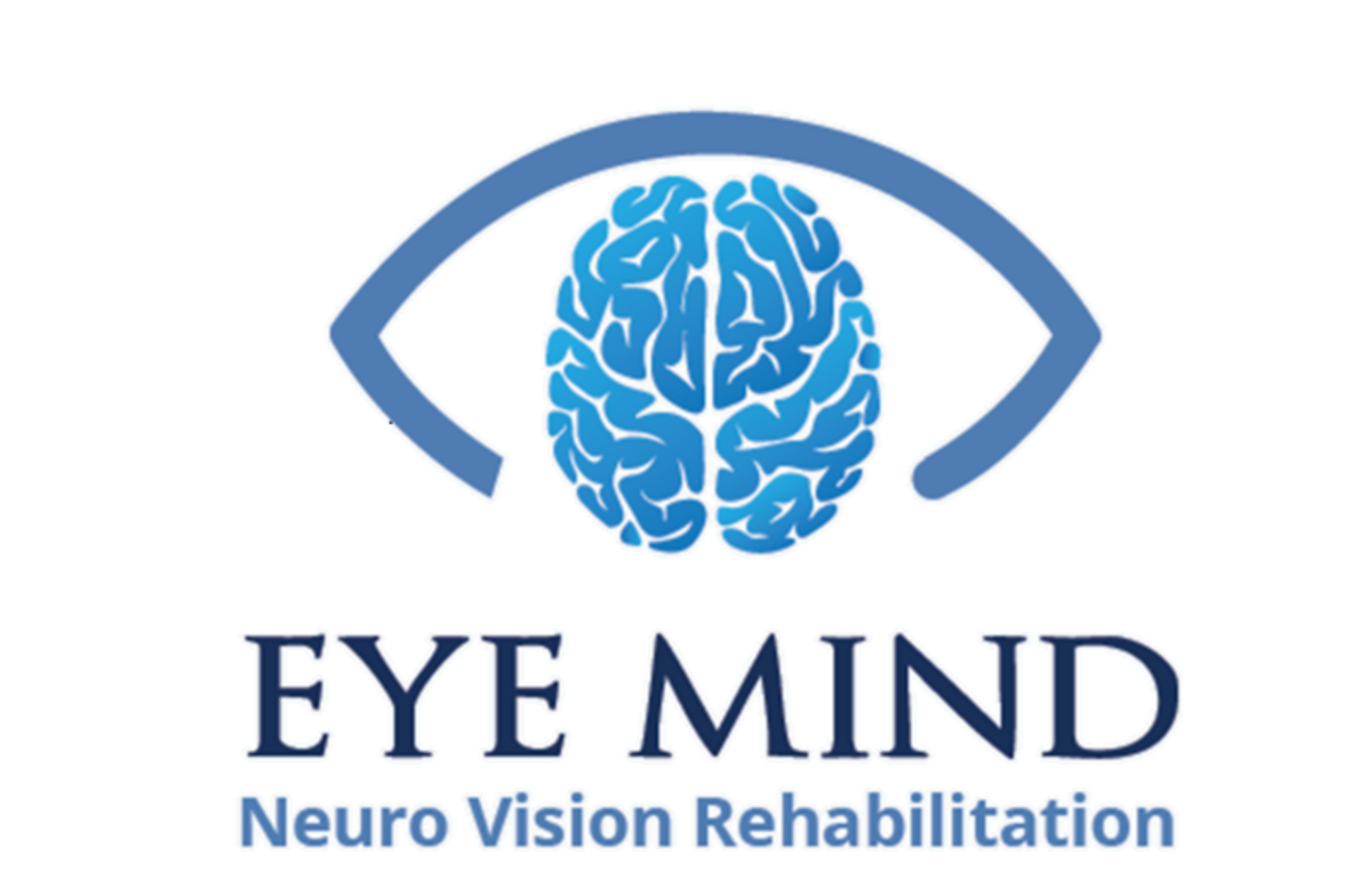A stroke (also referred to as a cerebrovascular accident, or CVA for short) occurs when the blood supply to part of the brain is suddenly interrupted or when a blood vessel in the brain bursts, spilling blood into the spaces surrounding brain cells. Brain cells die when they no longer receive oxygen and nutrients from the blood or there is sudden bleeding into or around the brain.
Although stroke is a disorder of the brain, it can affect the entire body. Depending on the location of the stroke, people may suffer loss of motor, neurological and perceptual function, as well as experience double vision, blurring, headaches, or inability to detect obstacles.
A stroke, sometimes called a brain attack, occurs when something blocks blood supply to part of the brain or when a blood vessel in the brain bursts.
In either case, parts of the brain become damaged or die. A stroke can cause lasting brain damage, long-term disability, or even death.
What happens in the brain during a stroke?
The brain controls our movements, stores our memories, and is the source of our thoughts, emotions, and language. The brain also controls many functions of the body, like breathing and digestion.
To work properly, your brain needs oxygen. Your arteries deliver oxygen-rich blood to all parts of your brain. If something happens to block the flow of blood, brain cells start to die within minutes, because they can’t get oxygen. This causes a stroke.
What are the signs of stroke in men and women?
- Sudden numbness or weakness in the face, arm, or leg, especially on one side of the body.
- Sudden confusion, trouble speaking, or difficulty understanding speech.
- Sudden trouble seeing in one or both eyes.
- Sudden trouble walking, dizziness, loss of balance, or lack of coordination.
- Sudden severe headache with no known cause.
Quick treatment is critical for stroke
A stroke is a serious medical condition that requires medical attention.
If you think someone may be having a stroke, act F.A.S.T. and do the following test:
F—Face: Ask the person to smile. Does one side of the face droop?
A—Arms: Ask the person to raise both arms. Does one arm drift downward?
S—Speech: Ask the person to repeat a simple phrase. Is the speech slurred or strange?
T—Time: If you see any of these signs, call emergency services right away.
Time lost is brain lost. Every minute counts.
What are the types of stroke?
There are two types of stroke:
- Ischemic stroke.
- Hemorrhagic stroke.
A transient ischemic attack (TIA) is sometimes called a “mini-stroke.” It is different from the major types of stroke, because blood flow to the brain is blocked for only a short time—usually no more than 5 minutes.

Ischemic stroke
Most strokes are ischemic strokes. An ischemic stroke occurs when blood clots or other particles block the blood vessels to the brain.
Fatty deposits called plaque can also cause blockages by building up in the blood vessels.
Hemorrhagic stroke
A hemorrhagic stroke happens when an artery in the brain leaks blood or ruptures (breaks open). The leaked blood puts too much pressure on brain cells, which damages them.
High blood pressure and aneurysms—balloon-like bulges in an artery that can stretch and burst—are examples of conditions that can cause a hemorrhagic stroke.
Transient ischemic attack (TIA or “mini-stroke”)
TIAs are sometimes known as “warning strokes.” It is important to know that
- A TIA is a warning sign of a future stroke.
- A TIA is a medical emergency, just like a major stroke.
- Strokes and TIAs require emergency care.
- There is no way to know in the beginning whether symptoms are from a TIA or from a major type of stroke.
- Like ischemic strokes, blood clots often cause TIAs.
- More than a third of people who have a TIA and don’t get treatment have a major stroke within 1 year. As many as 10% to 15% of people will have a major stroke within 3 months of a TIA.
Recognizing and treating TIAs can lower the risk of a major stroke. If you have a TIA, your health care team can find the cause and take steps to prevent a major stroke.
How a Stroke Can Affect Vision
About two-thirds of stroke survivors have visual impairment that typically relates to diminished central or peripheral vision, eye movement abnormalities, or visual perceptual defects. A wide range of visual disorders can occur following a stroke. Frequently, they give rise to visual symptoms such as blurred or altered vision, double or jumbled vision, loss of visual field, reading difficulty, extreme sensitivity to bright light, and inability to recognize familiar objects or people.
The impact of visual impairment is clear with issues relating to driving, activities of daily living, and social engagement, among others. Given the high rate of visual symptoms and known impact, it is recommended that all stroke survivors receive comprehensive screening for visual disorders in the early days following a stroke as they may warrant referral for a specialist’s assessment and targeted treatment specific to their type of visual impairment.
Just as with a Traumatic Brain Injury (TBI), when a person has a stroke, often one type of rehabilitation is not enough to address all of his/her needs. Rehabilitation following a stroke most often requires extensive vision neuro rehabilitation therapy along with physical and occupational therapy. An individual’s visual rehabilitative needs should be addressed as early as possible by a Neuro-Optometric Rehabilitation Optometrist, who will work with other rehabilitation team members to help the stroke survivor learn new ways of performing tasks to circumvent or compensate for any residual disabilities.
Read more about Speech, Physical and Occupational therapy at: https://www.rhprehab.co.za/conditions/stroke/
